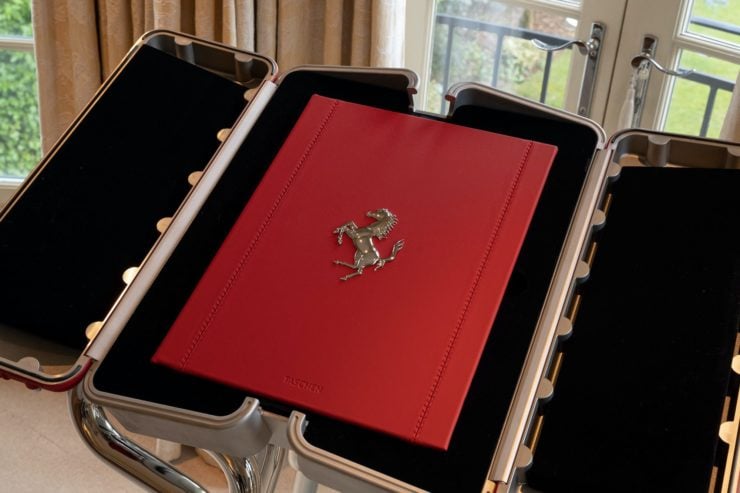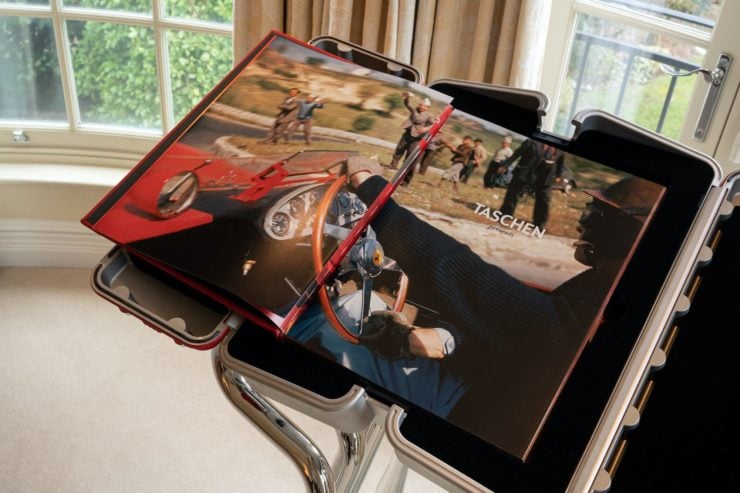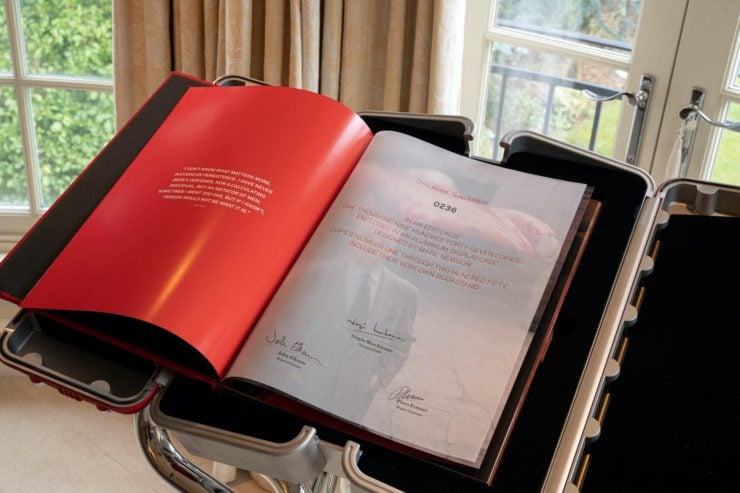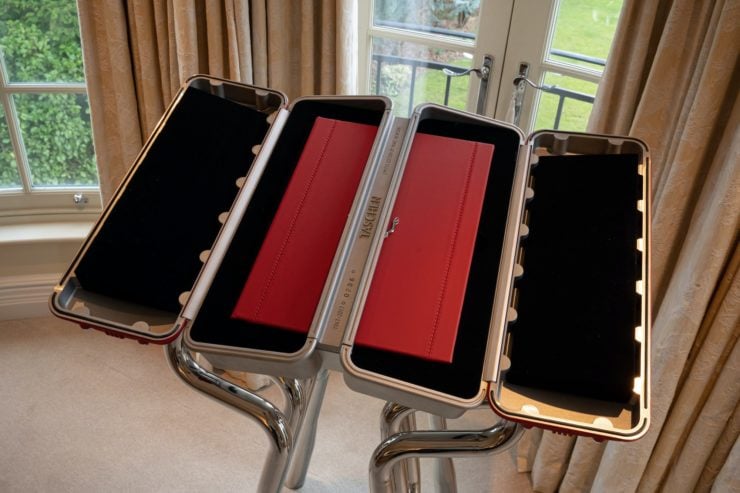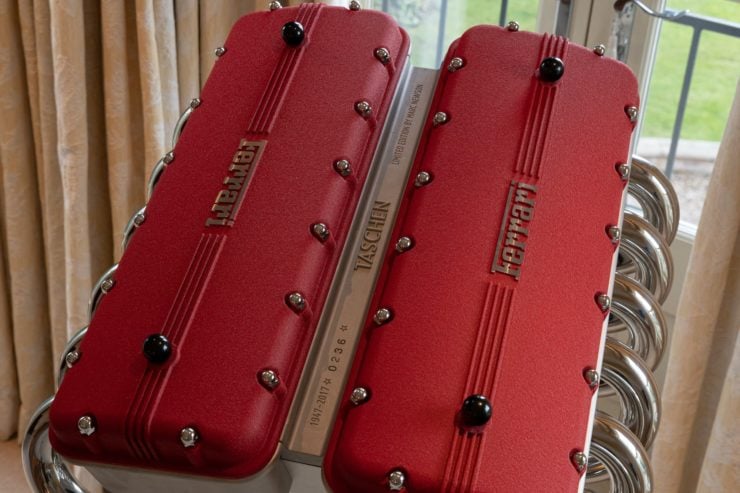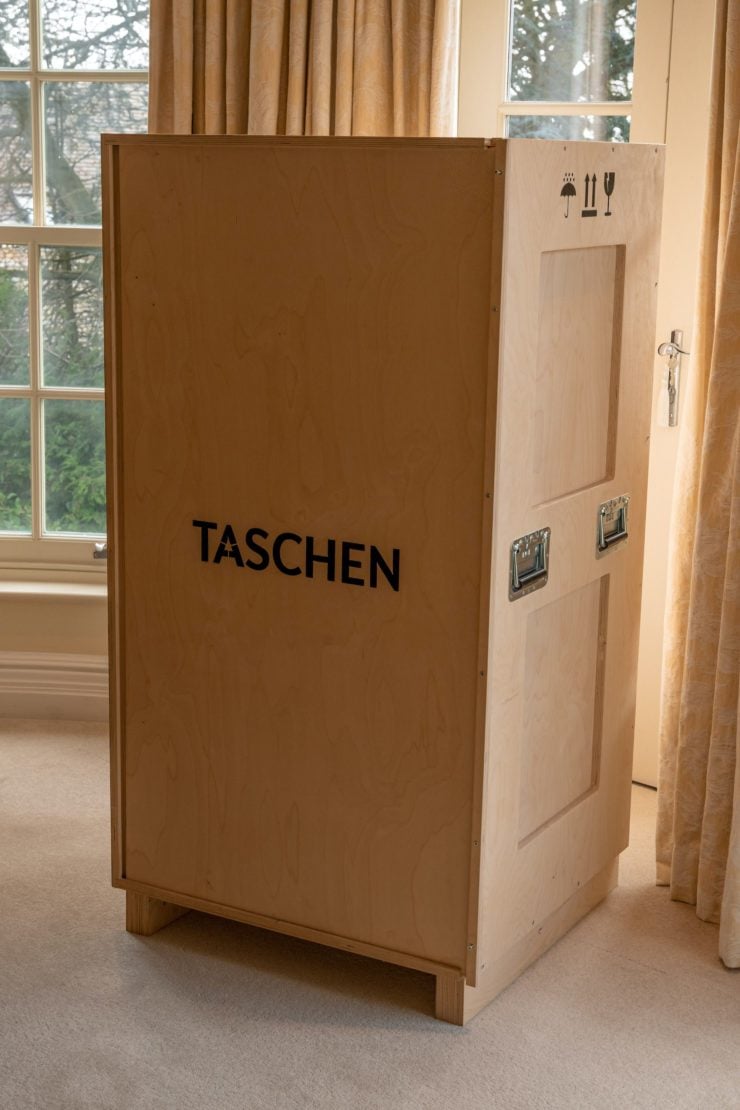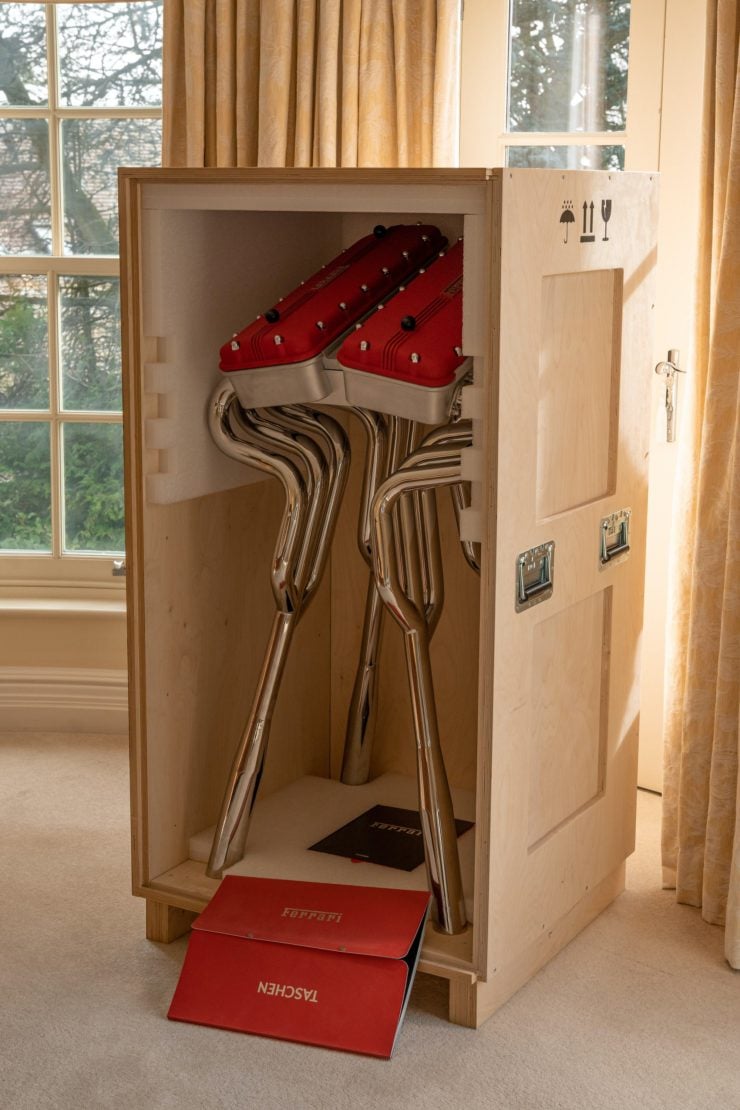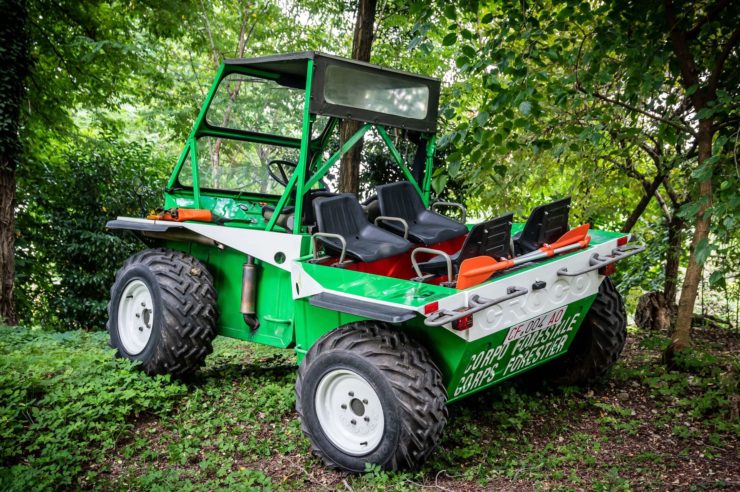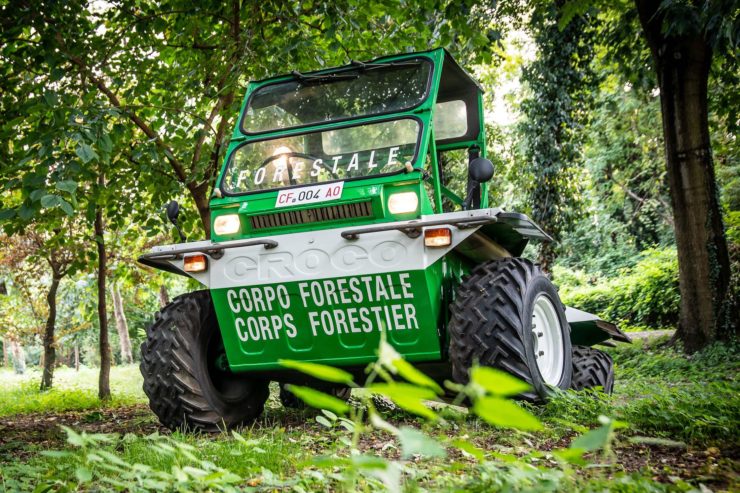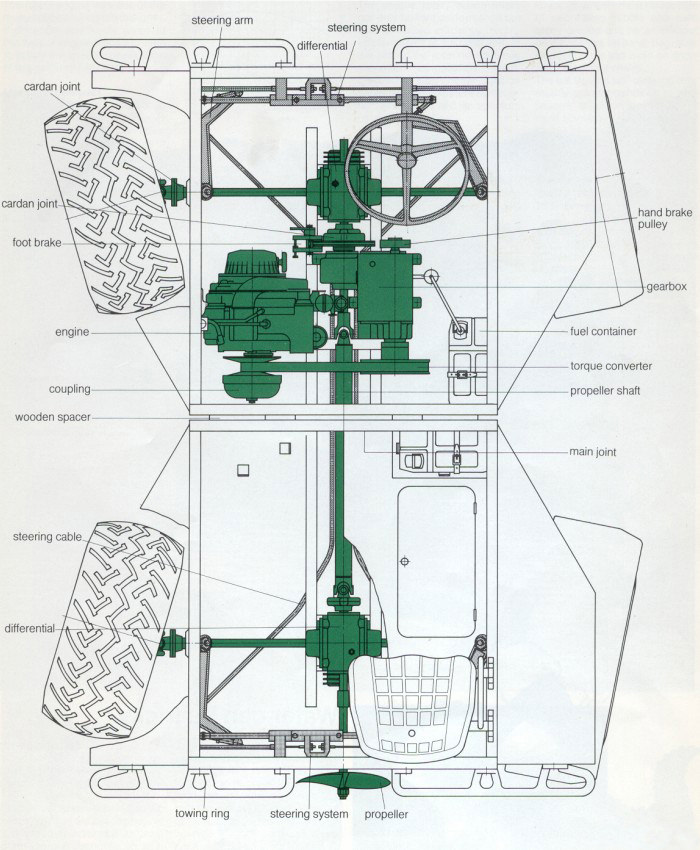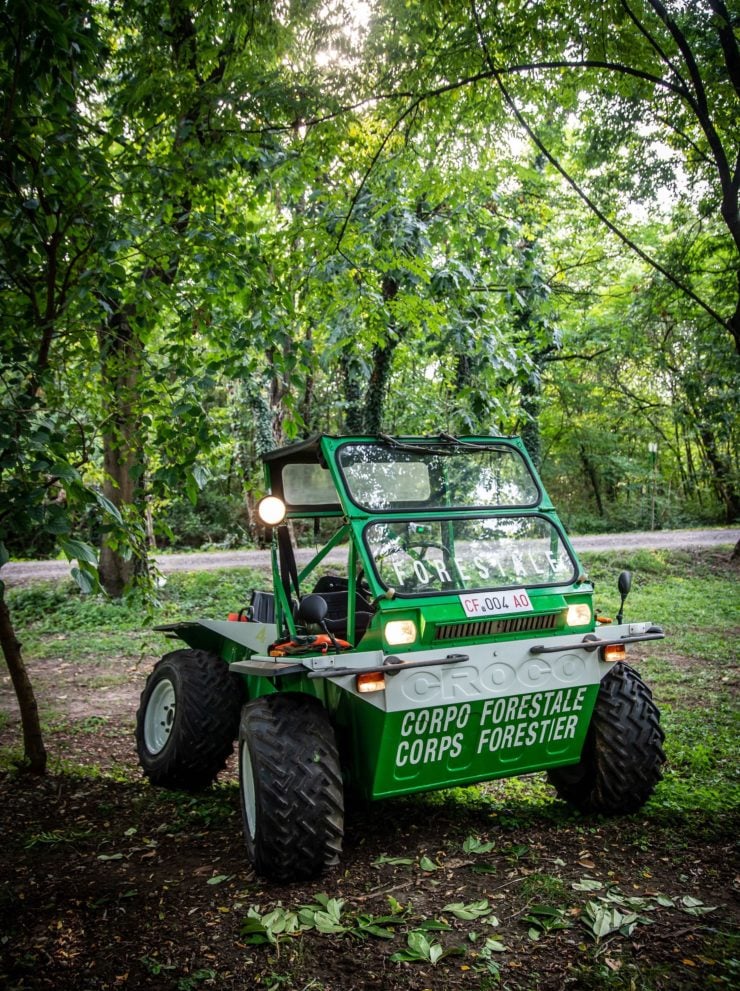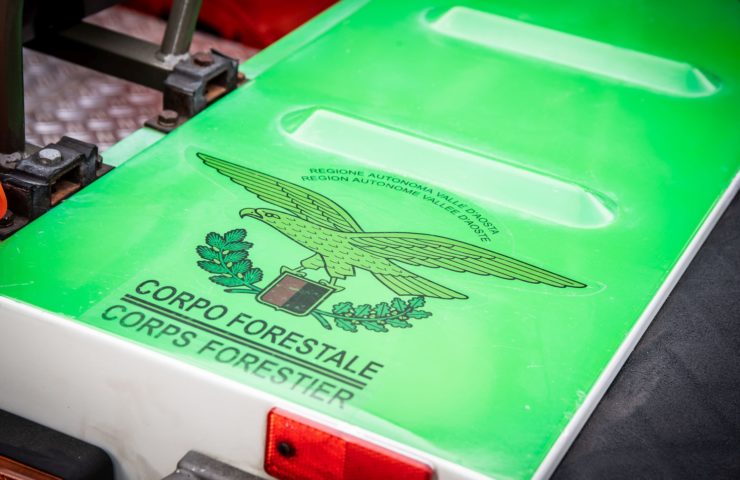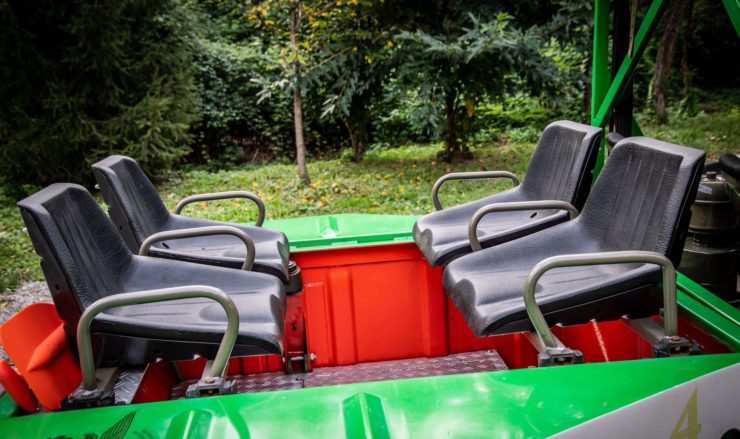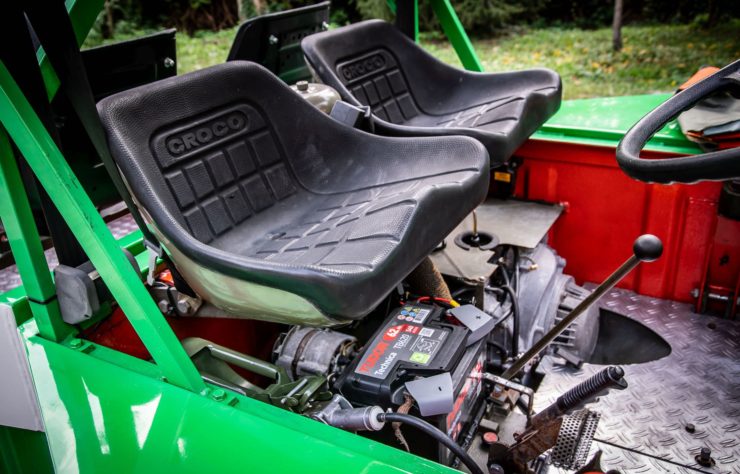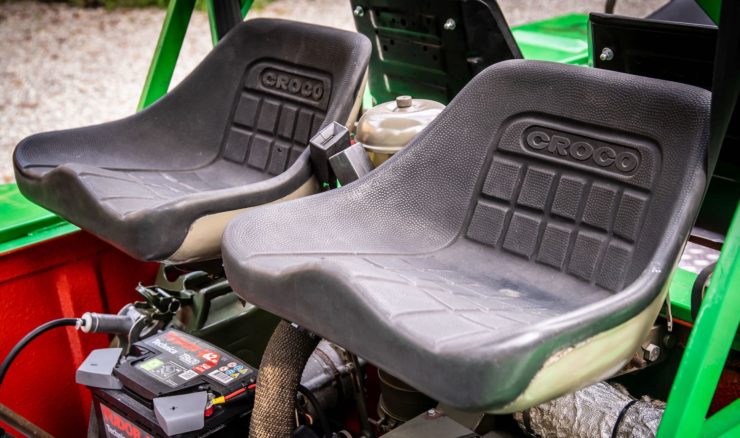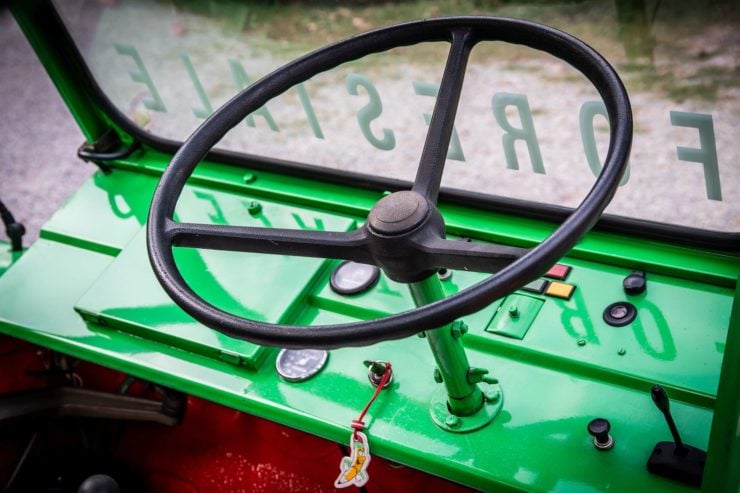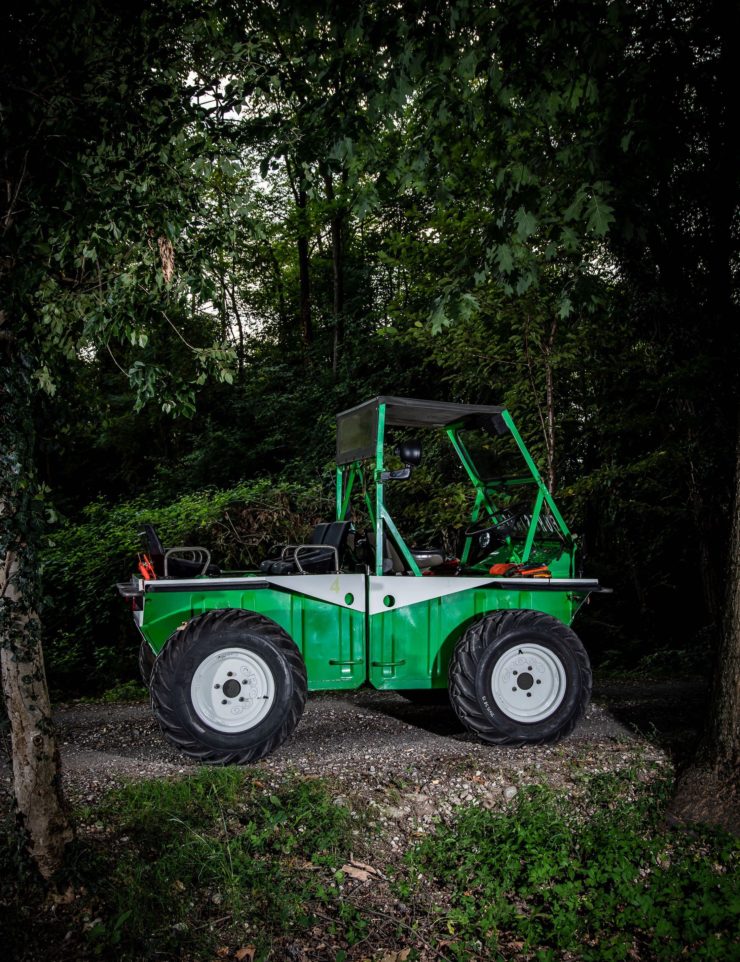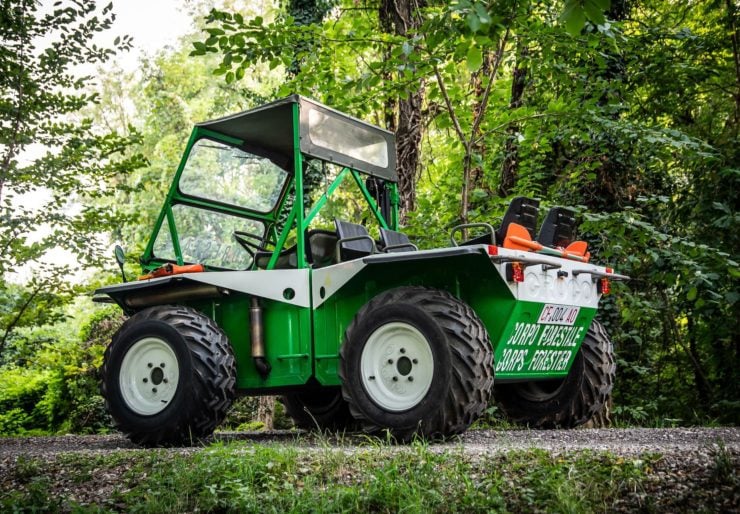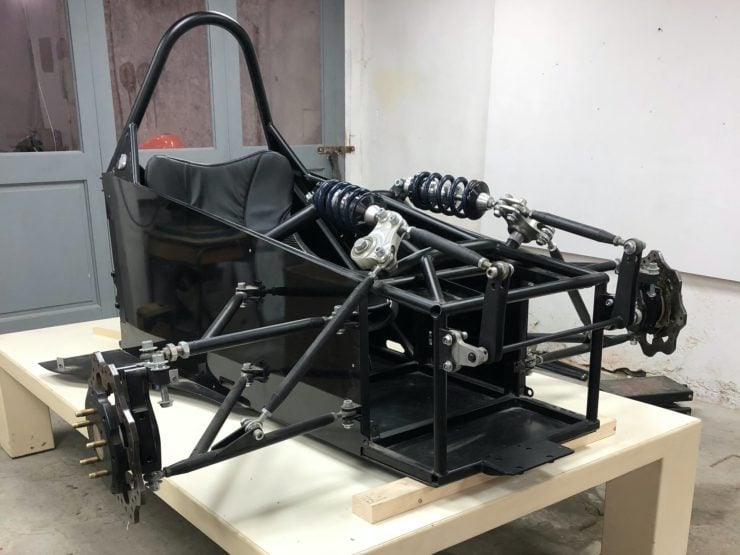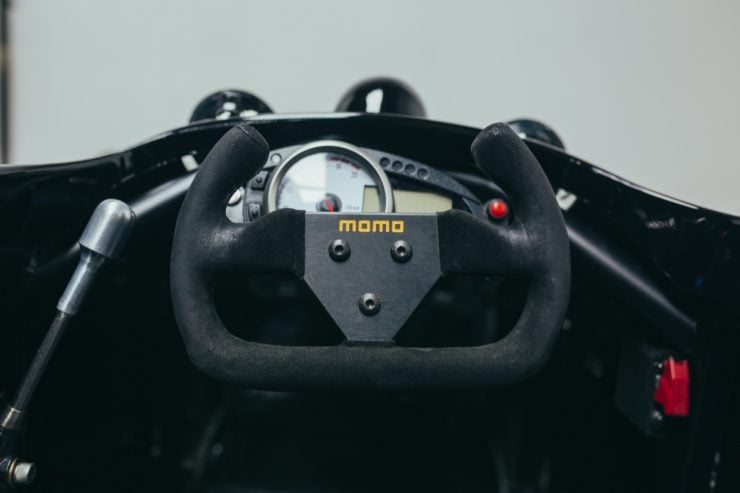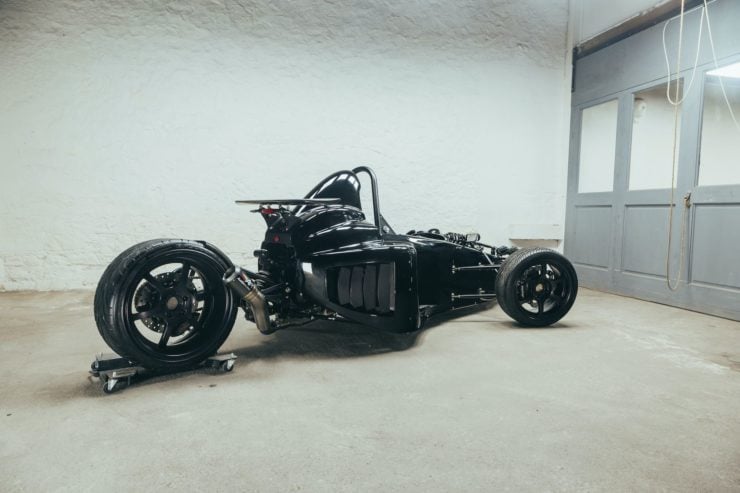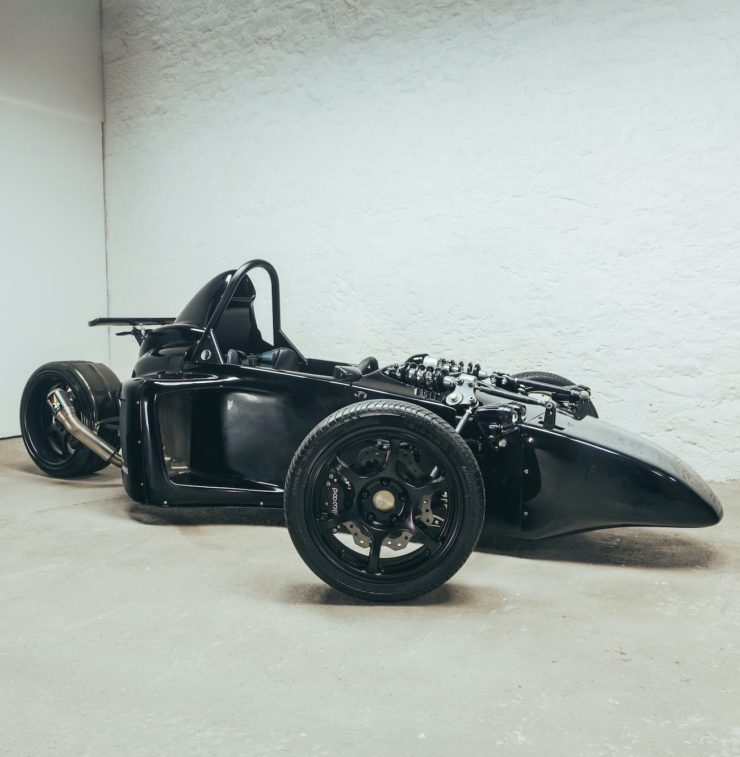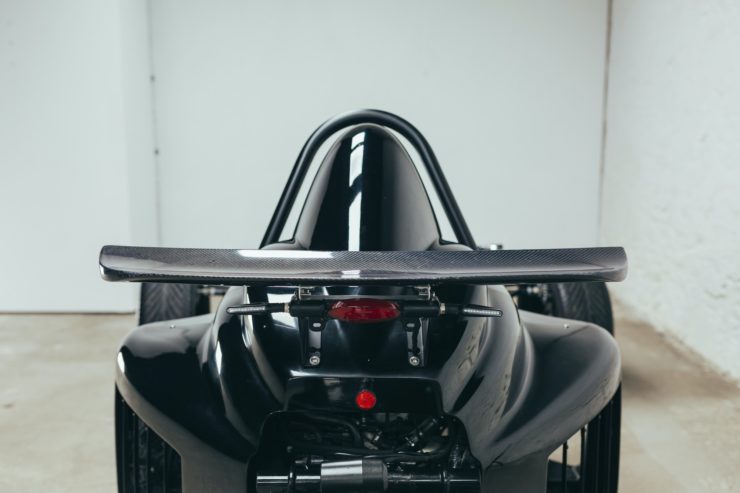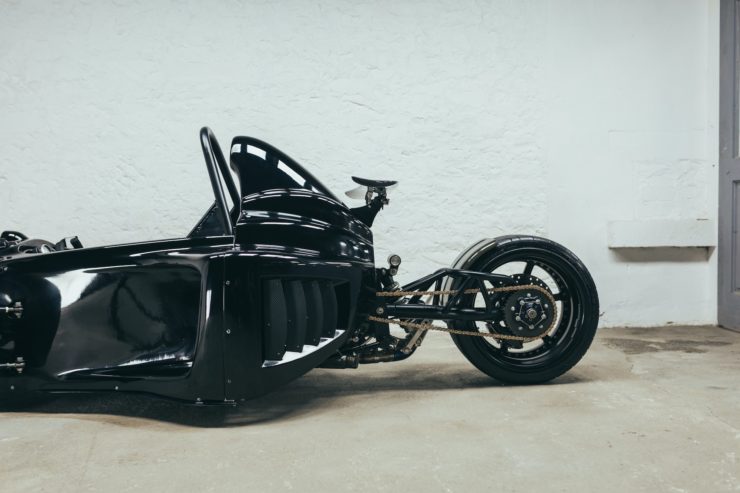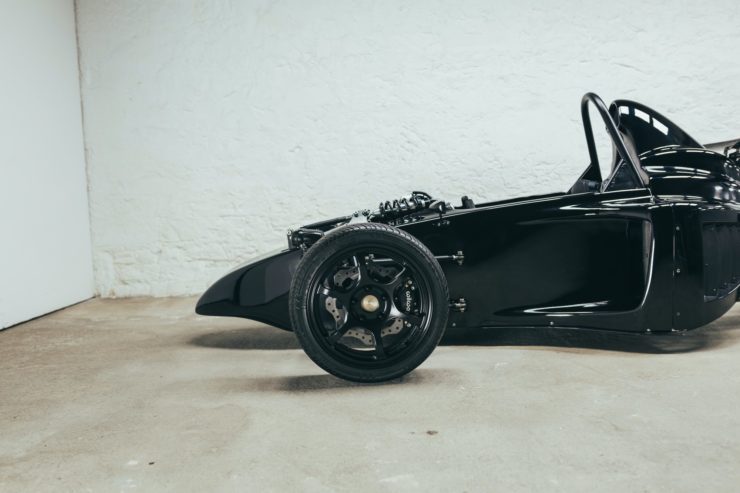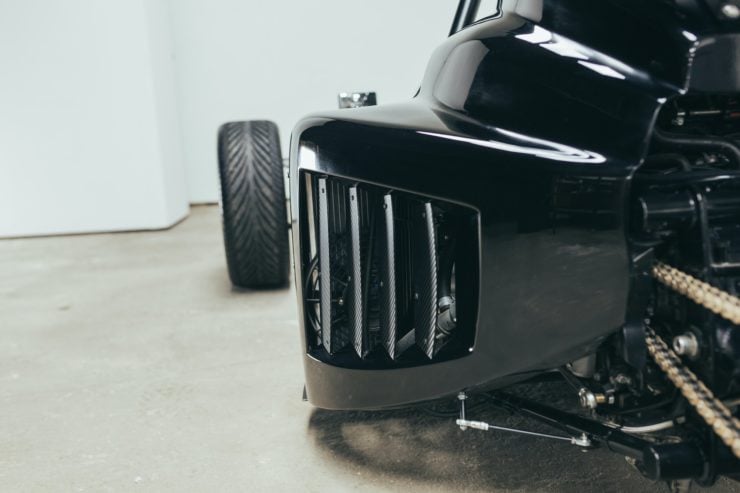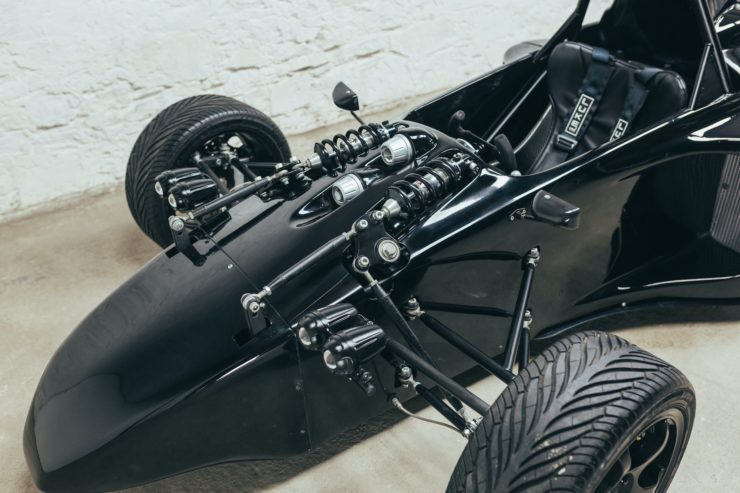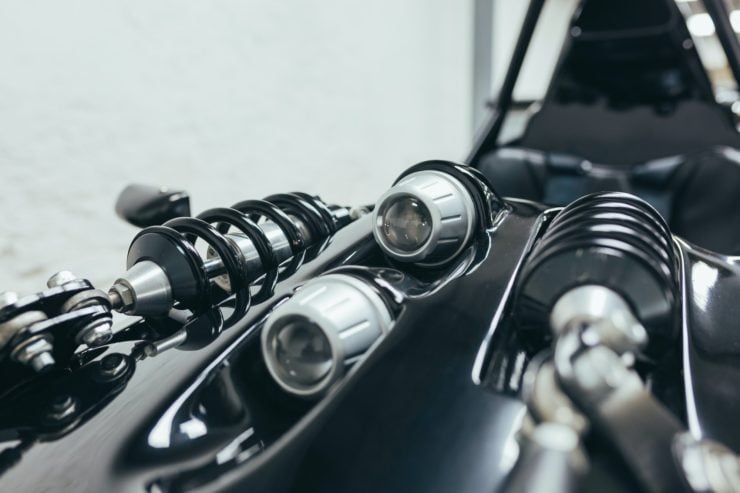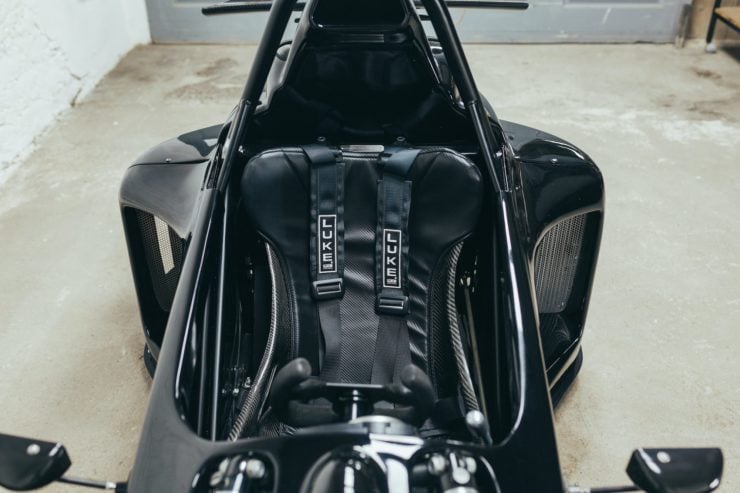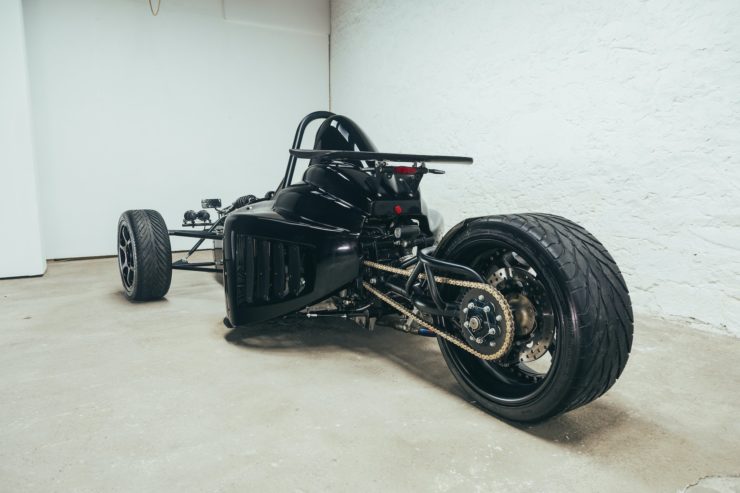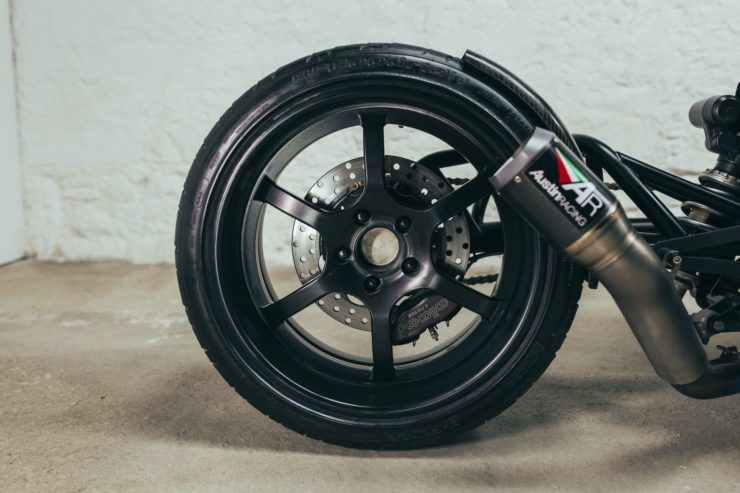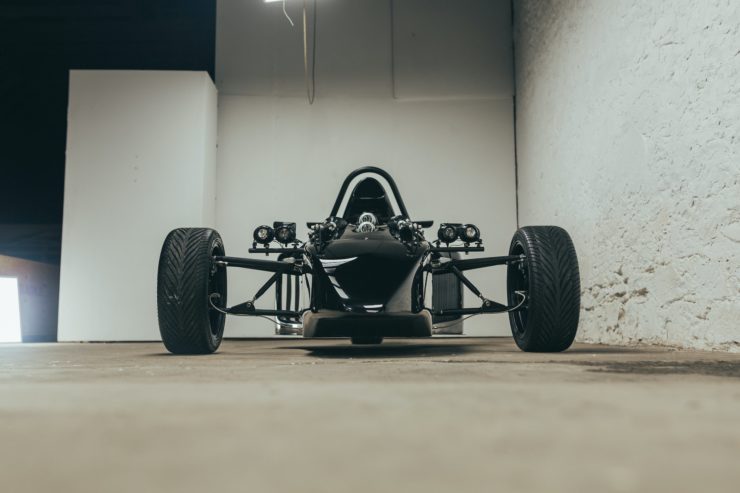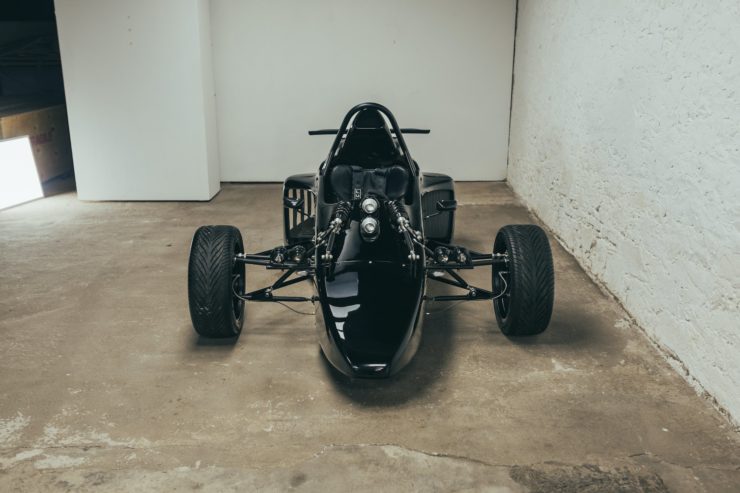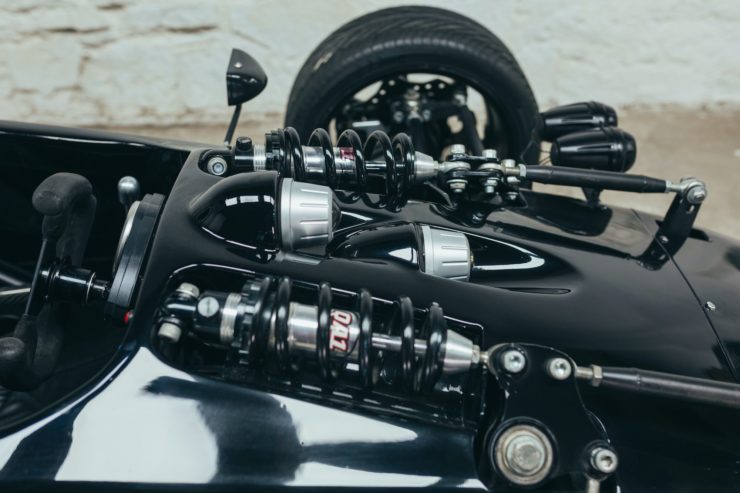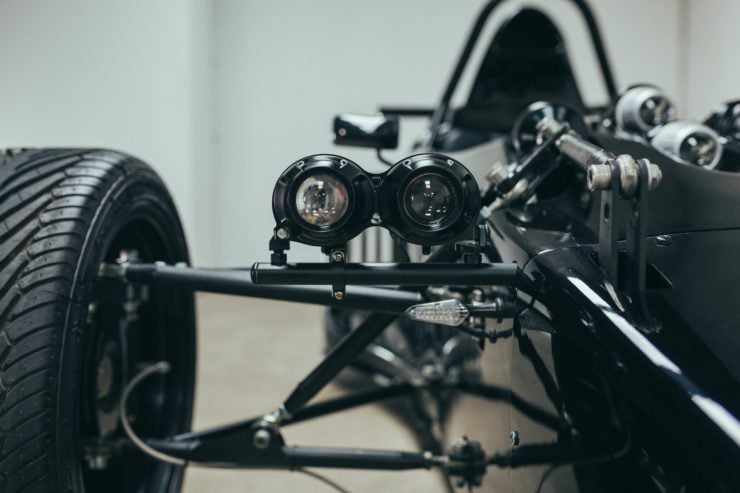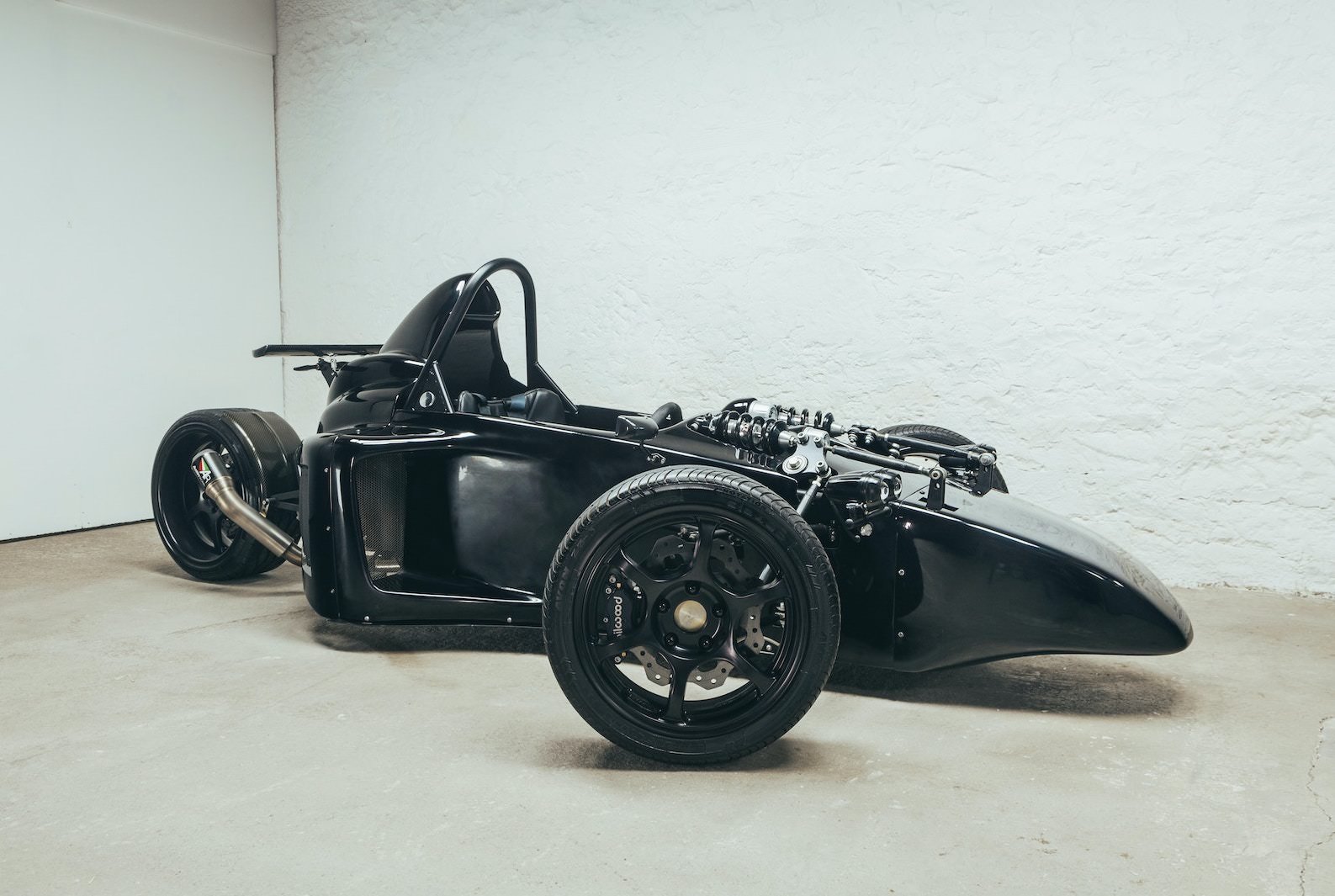The 1979 Pontiac Trans Am T/A 6.6 is a rare car, just were 1,107 built, however this one remains essentially brand new with just 110 miles on the odometer. The carpets still have the original plastic covering from the factory, and it still has its window sticker, sun visor sleeve, and build sheets.
Car and Driver Magazine would give the “Best Handling Car of 1979” award to the ’79 Pontiac Trans Am T/A 6.6, and period dyno tests by the NHRA rated the output of the T/A 6.6 Pontiac 400 V8 at 260 to 280 (net) horsepower. Considerably more than the 220 hp claimed by Pontiac.
Fast Facts – The 1979 Pontiac Trans Am T/A 6.6
- The 1979 Pontiac Trans Am T/A 6.6 is a car that was almost never made, it owes its existence to a decision to stockpile the high-performance 400 cubic inch Pontiac V8 after it was discontinued in 1978.
- The Trans Am was a special higher-performance version of the Pontiac Firebird that first appeared in 1969. The Firebird had been developed to challenge the likes of the Ford Mustang and the Chevrolet Camaro.
- The “Trans Am” name comes from the racing series by the same name created by the SCCA in 1966, the original name was the “Trans-American Sedan Championship.” Races were held across America, in Canada, and in Mexico.
- The 1979 Pontiac Trans Am T/A 6.6 is powered by a 400 cubic inch (6.6) liter Pontiac V8 producing a claimed 220 bhp at 4,000 rpm and 320 lb ft of torque at 2,800 rpm. It was hailed for its handling and performance ability, and it remains a highly desirable late-70s muscle car.
The Firebird Trans Am
The Trans Am was first released in 1969 as a high-performance version of the Pontiac Firebird, which had been released three years earlier in 1966 to compete with pony cars like the Mustang, Camaro, and Cougar.
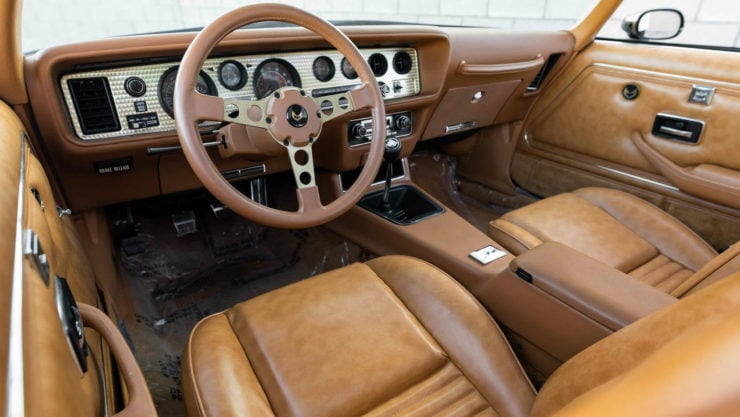
Both outside and in, this ’79 Trans Am is in time capsule condition, looking essentially identical to how it would have when it was first delivered over 40 years ago.
In order to turn a Firebird into a Trans Am, Pontiac would add a slew of upgrades to the suspension and drivetrain, with further changes to the bodykit and appearance.
Pontiac named the Trans Am after the Trans-American Sedan Championship, a new racing series developed by the SCCA starting in the year 1966. Despite the use of the name, the Pontiac Firebird Trans Am didn’t initially compete in the series as its smallest available engine was still too large for the 5.0 liter limit to qualify.
Trans Am – A 1970s Legend
The Trans Am would become an American cultural touchstone in the 1970s, thanks to both its wild looks and its performance. Unusually for a pony car of the era it handled well, so well in fact that it famously won the “Best Handling Car of 1979” award from Car and Driver, irking many imported European sports car manufacturers.
Pontiac would keep the Trans Am in production over four generations between 1969 and 2002. It was used as the Official Pace Car for the 1979 Daytona 500, the 1980 Indianapolis 500, and for the 1981 Daytona 500.
Today the Trans Am demands a premium over standard Firebirds, and the iconic 1970s and 1980s-era Trans Ams are becoming more and more collectible within the wider classic car community.
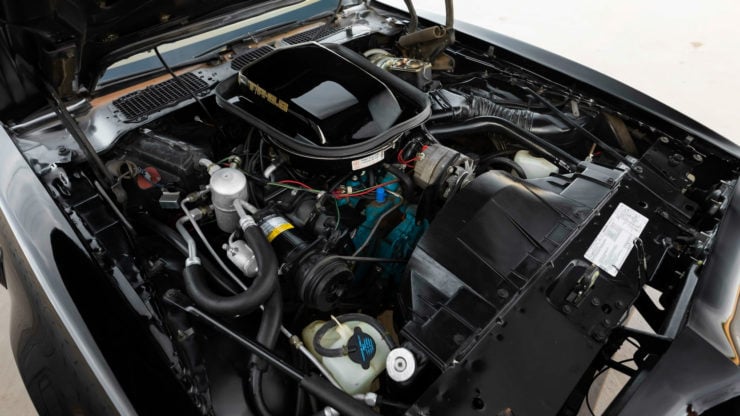
The 400 cubic inch (6.6 liter) Pontiac V8 was listed as being capable of 220 bhp, however period tests by the National Hot Rod Association showed that it was producing close to 260-280 net horsepower.
The 1979 Pontiac Trans Am T/A 6.6 Shown Here
The car you see here is almost certainly the lowest mileage and most original 1979 Pontiac Trans Am T/A 6.6 in the world. It has just 110 miles on the odometer and as mentioned in the introduction, the carpets are still covered with protective plastic from the factory.
The 1979 T/A 6.6 was only available with the Borg-Warner Super T-10 4-speed manual transmission and the WS6 Handling Package. These features combined made the car one of the best handling Trans Ams up until that point in history.
This car is also accompanied by its original purchasing documents, a copy of the MSO, the original window sticker, the owner’s manual and sun visor sleeve, a 1979 Pontiac dealer brochure, GM license plate bracket, warranty brochure, and even the Delco radio manual.
Mecum will be offering this car at their Glendale Auction in mid-March, at the time of writing there’s no price guide listed, and you can click here if you’d like to read more about the car or register to bid.
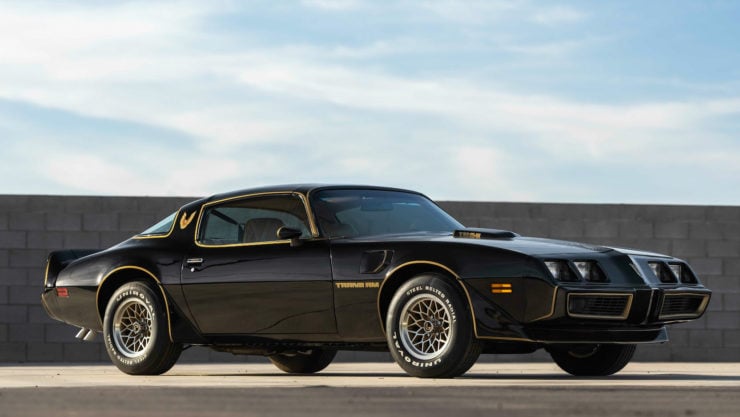
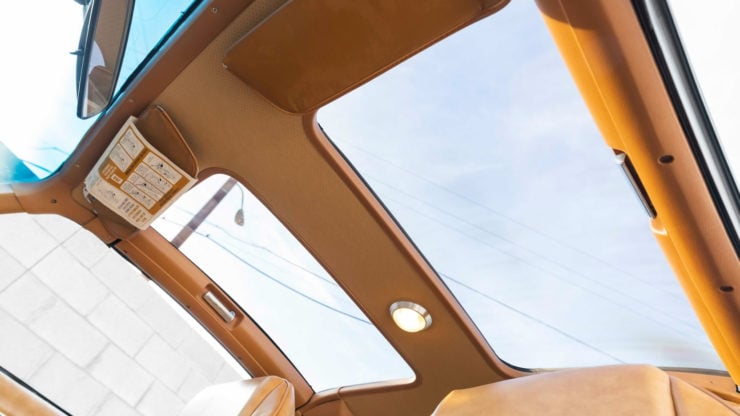
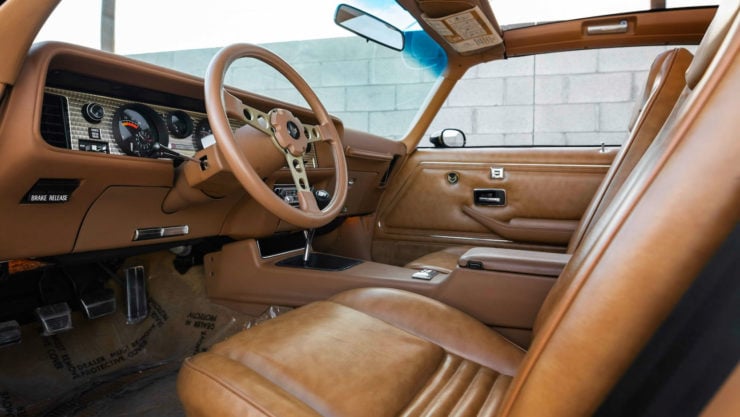
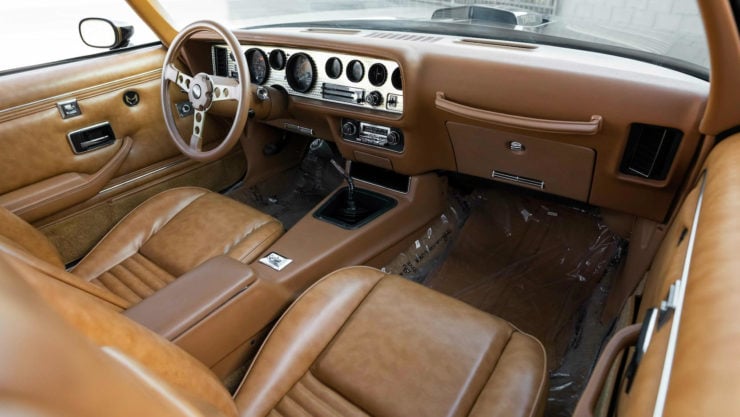
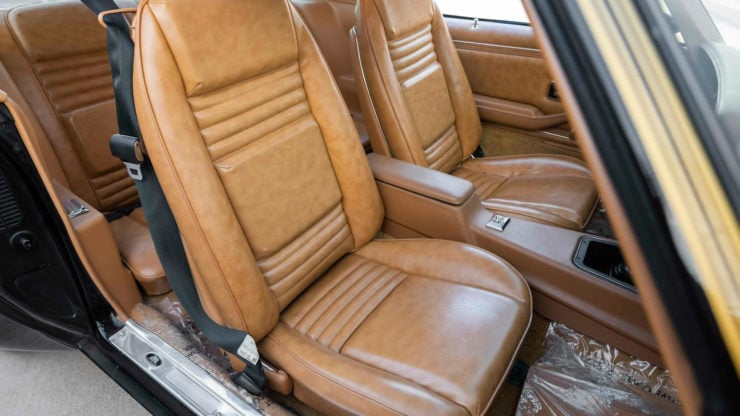
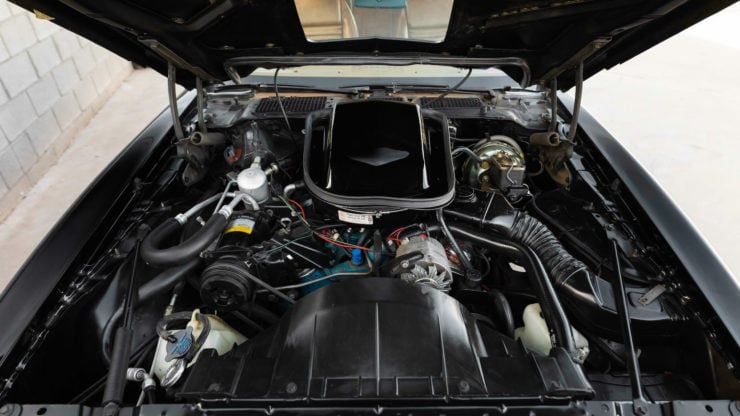
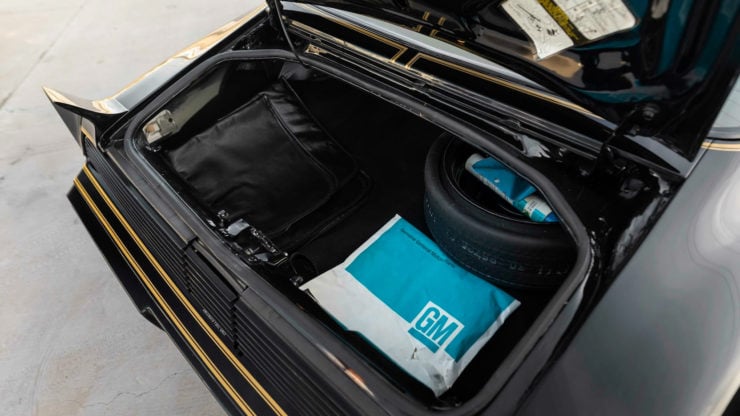
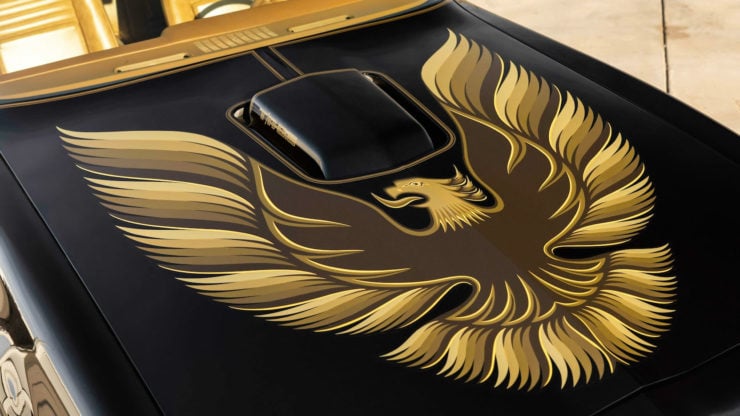
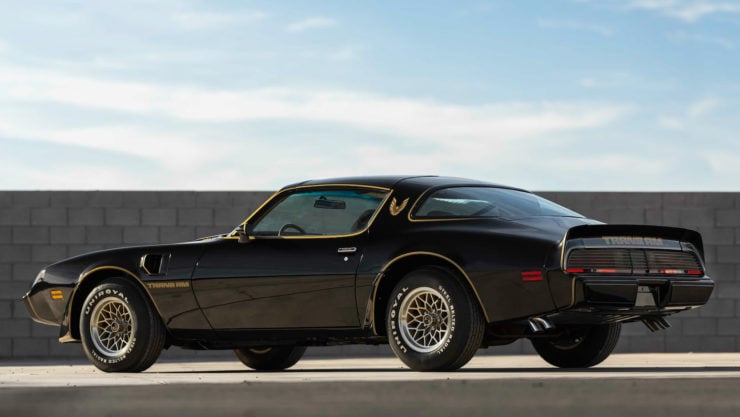
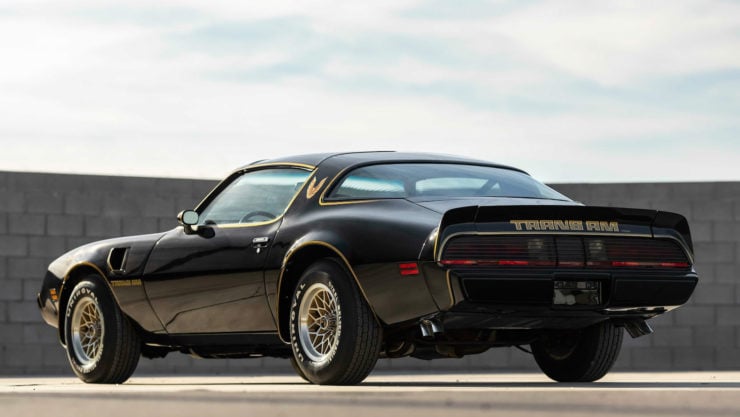
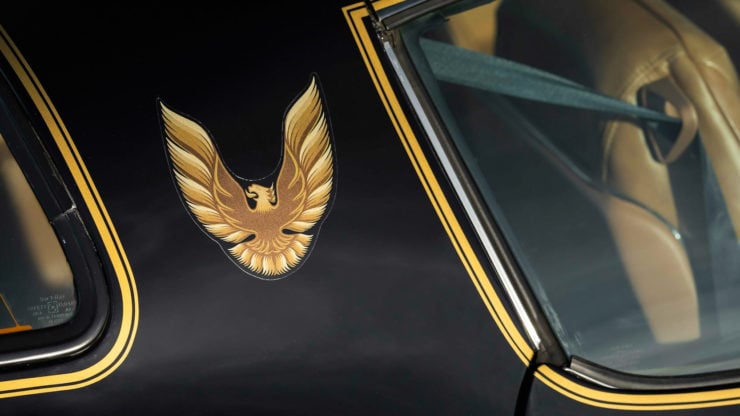
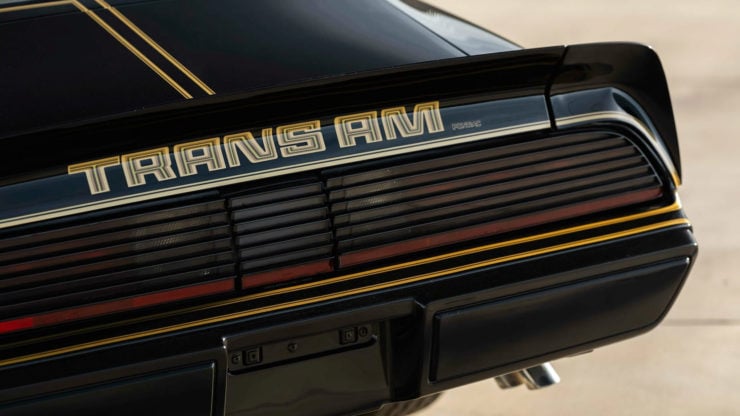
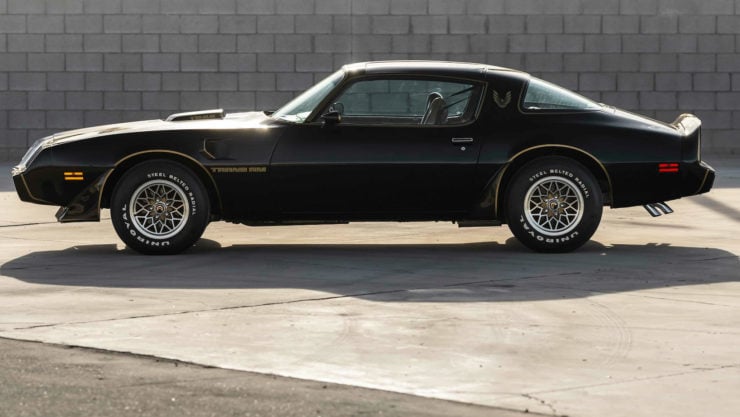
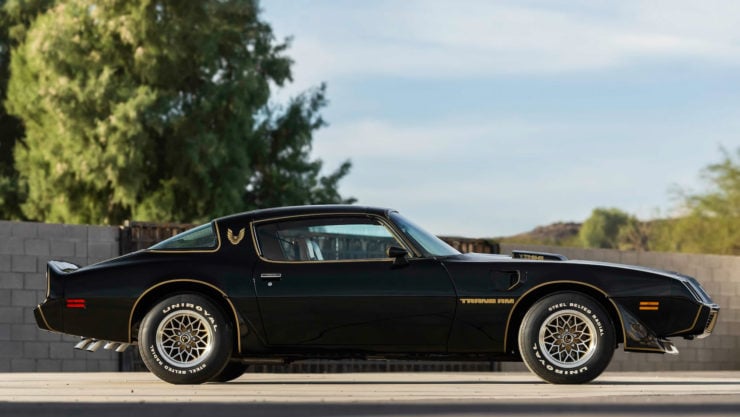
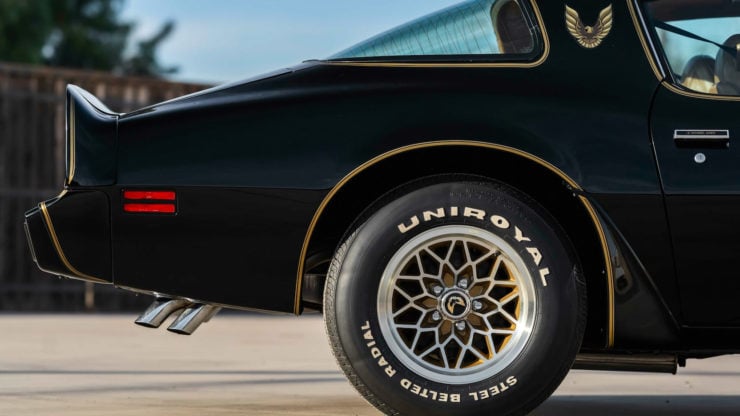
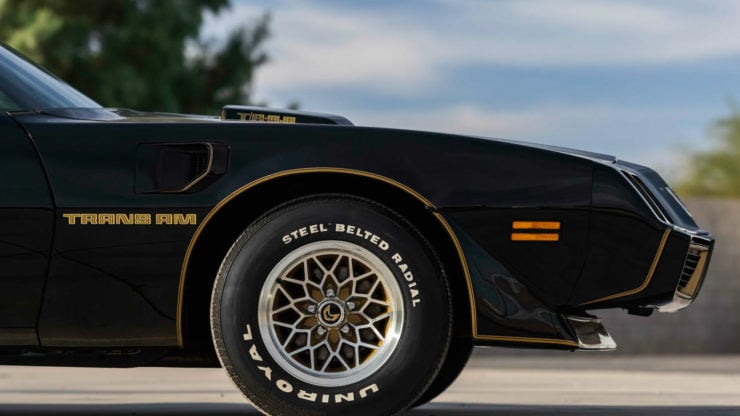
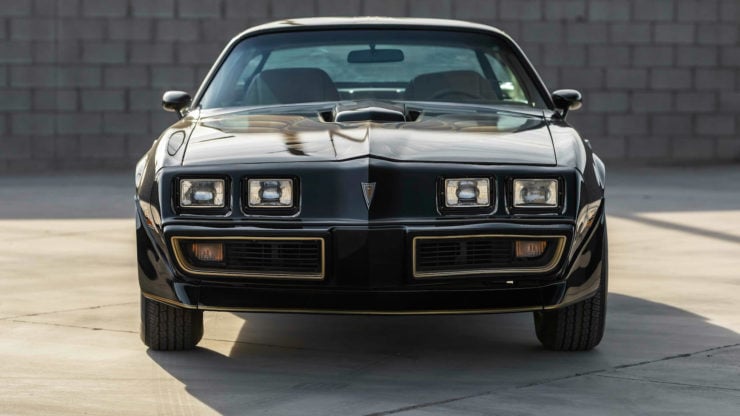
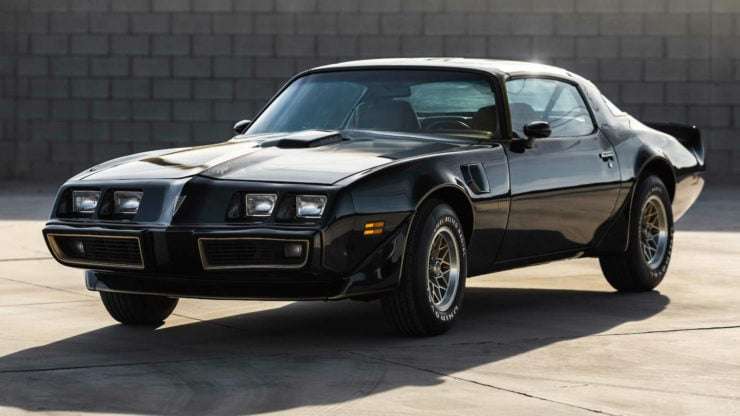
Images courtesy of Mecum
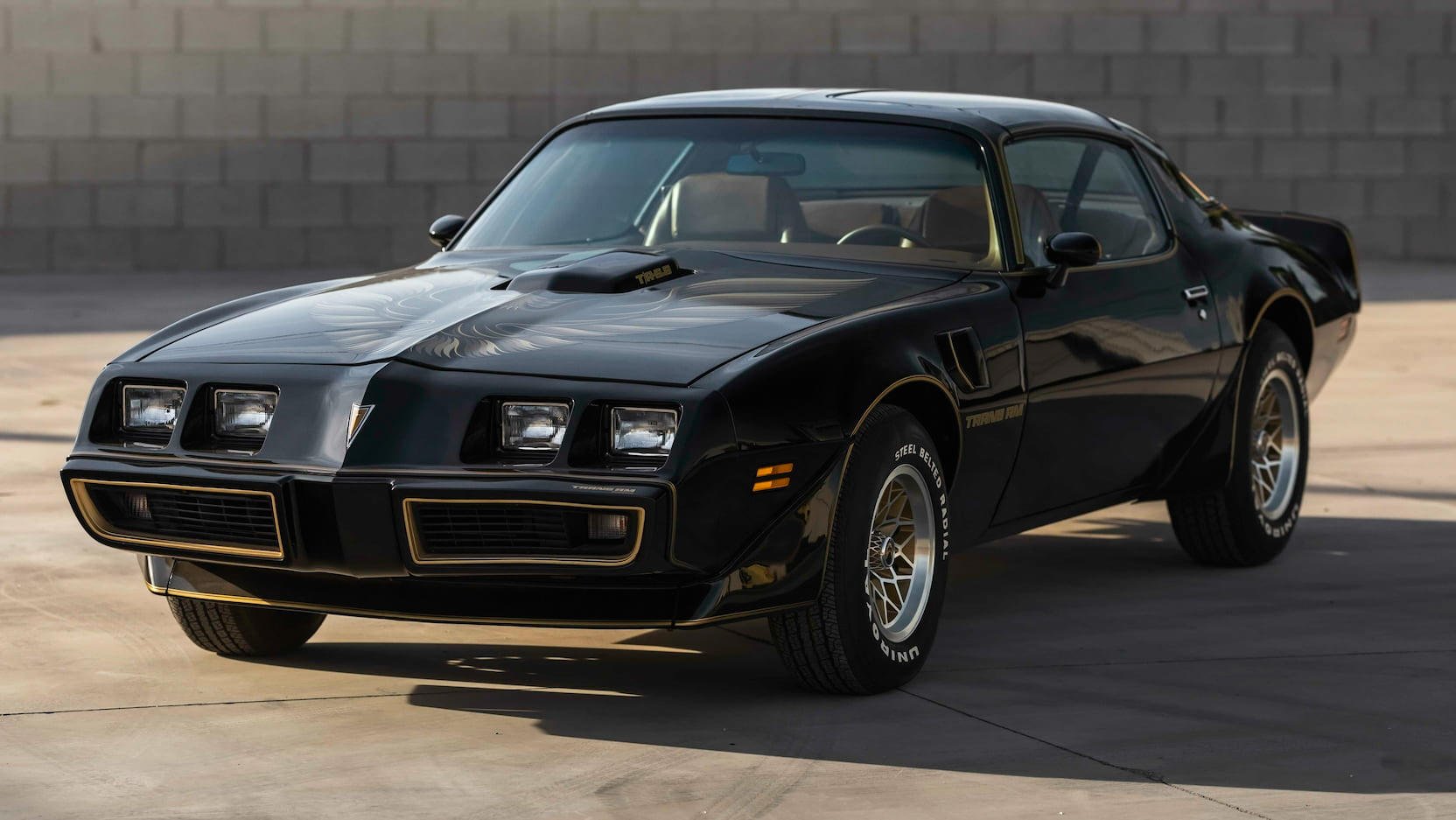
The post For Sale: A “Brand New” 1979 Pontiac Trans Am T/A 6.6 appeared first on Silodrome.
from Silodrome https://silodrome.com/1979-pontiac-trans-am-t-a-6-6/
via gqrds
